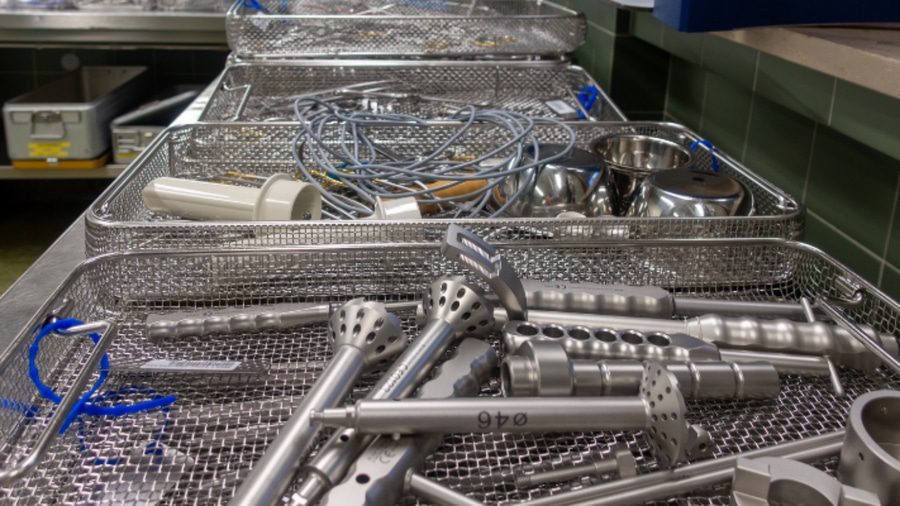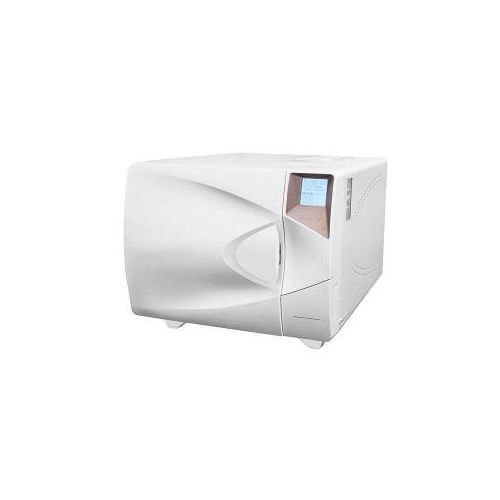
#Product Trends
3 Types of Sterilization: Pros & Cons
Sterilization is a process that destroys or eliminates all forms of life, including bacteria, viruses, fungi, and spores.
Introduction
Sterilization is a process that destroys or eliminates all forms of life, including bacteria, viruses, fungi, and spores. It is an essential part of infection control in healthcare settings and is used to sterilize equipment, surfaces, and instruments.
There are several methods of sterilization, each with its own advantages and disadvantages. The three most commonly used methods are steam sterilization, dry heat sterilization, and ethylene oxide (EO) sterilization.
In this article, we will take a look at each of these methods and discuss their pros and cons.
Autoclave Sterilization: Pros & Cons
Autoclave sterilization is a steam-based method of sterilization. It is a quick and effective way to sterilize medical and laboratory equipment and instruments. The main advantage of autoclave sterilization is that it is fast and efficient. Autoclaves use high-pressure steam to kill microbial pathogens, making them one of the quickest and most reliable methods of sterilization available. It also destroys most types of microbial organisms, including spores and fungi. Autoclaves are easy to use and can be used for a wide range of materials, including metal, glass, and rubber. However, there are some downsides to autoclave sterilization. Autoclaves require specialized equipment and have a higher upfront cost than other methods of sterilization. Additionally, not all materials can withstand autoclave temperatures, and some instruments may be damaged in the process. Autoclaves also require precise temperature, pressure, and time control, which may be difficult to master.
Dry Heat Sterilization: Pros & Cons
Dry heat sterilization is a method of sterilization that uses high temperatures to destroy microbial organisms. It is an effective method for sterilizing a wide range of materials, including glass, plastics, rubber, and metals. The main advantages of dry heat sterilization are its simplicity and flexibility. It does not require any specialized equipment or supplies and is easy to use. Additionally, this method of sterilization is not affected by air pressure, making it an ideal choice for sterilizing items in remote locations. One of the drawbacks of dry heat sterilization is that it requires longer exposure times than autoclave sterilization. While many materials can withstand dry heat temperatures, some instruments may be damaged in the process due to their sensitivity to heat. Additionally, dry heat sterilization is not as effective against bacterial spores as other methods of sterilization.
Chemical Sterilization: Pros & Cons
Chemical sterilization is a method of sterilization that uses chemicals to kill microbes. The most commonly used chemical is ethylene oxide (EO), which is used to sterilize medical equipment and instruments. One of the main advantages of chemical sterilization is that it is effective against a wide range of microbes, including bacteria, viruses, and spores. Additionally, chemicals are safe to use and not as damaging to materials as other methods of sterilization. However, there are some downsides to chemical sterilization. Chemicals are expensive, and this method of sterilization requires specialized equipment. Additionally, a thorough knowledge of safety precautions and handling protocols is required to use chemical sterilization safely and effectively. Lastly, this method of sterilization produces toxic chemicals, making it unsuitable for use in certain environments.
The Bottom Line
There are several methods of sterilization available, and each has its own advantages and disadvantages. Autoclave sterilization is a fast and effective method of sterilization, but it can be expensive and require specialized equipment and time control. Dry heat sterilization is a simple and flexible method of sterilization, but it takes longer and is not effective against bacterial spores. Lastly, chemical sterilization is effective against a wide range of microbes, but it is expensive and produces toxic chemicals. Ultimately, the right method of sterilization for your needs will depend on a number of factors, such as the size and type of equipment you are sterilizing and your budget. Consider all of your options carefully to ensure that you choose the right method of sterilization to meet your needs.







